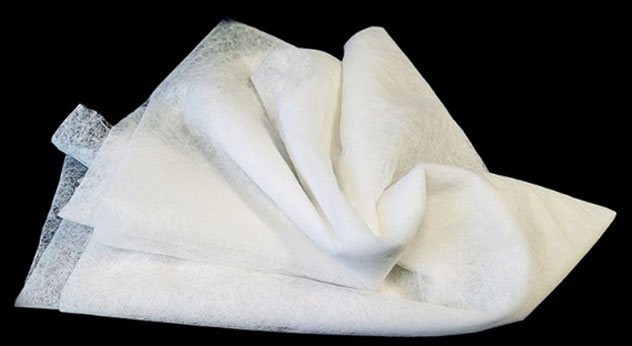As an emerging material in recent years, hot melt adhesive has the characteristics of convenient use, environmental protection and non-toxicity, which can replace the traditional sewing process. Therefore, in recent years, hot melt adhesives are increasingly used in the field of clothing. This article will introduce hot melt adhesives commonly used in textile industry.
1. Co-polyester hot melt adhesive
Co-polyester hot melt adhesive is one of the most commonly used hot melt adhesives in apparel applications. Co-polyester hot melt adhesives have the following characteristics:
(1) The color is white, which is suitable for most clothing.
(2) Strong adhesion to textiles, PC and PVC materials. Especially suitable for applications such as interlining and thermal transfer.
(3) Large molecular weight and high bonding strength.
(4) Hydrophobic, washable and can play a waterproof role.
(5) High hardness, can play a supporting role in clothing.
(6) It has good high temperature resistance and can meet the requirements of 95°C-200°C compound temperature range.
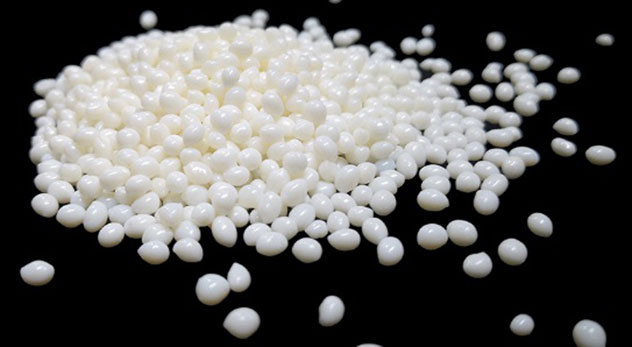
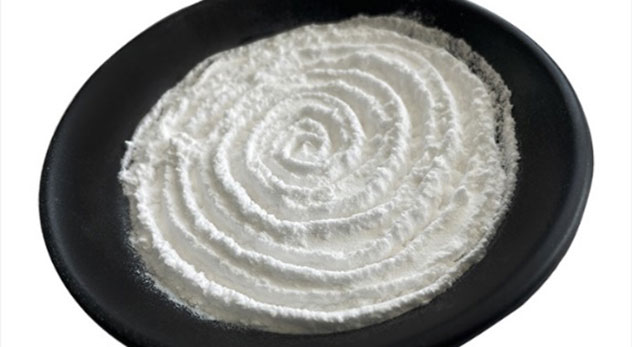
TPU hot-melt adhesive is one of the hot-melt adhesives with the largest consumption in clothing at present, and has the following characteristics:
(1) The color is transparent, which is basically suitable for all clothing.
(2) Modified TPU hot melt adhesive has good elasticity and is suitable for applications such as stretch fabrics and non-marking underwear.
(3) Hydrophobic, washable and can play a waterproof role.
(4) Strong adhesion to textiles, PET, PVC, TPU materials, suitable for transfer film and other applications.
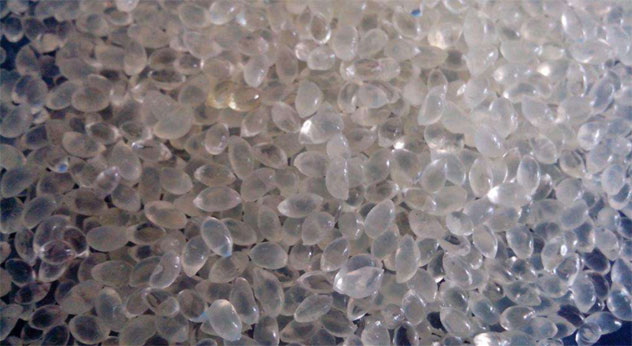
3. Co-polyamide hot melt adhesive
Co-polyamide hot melt adhesive is also one of the commonly used hot melt adhesives in clothing, with the following characteristics
(1) The color is transparent, which is basically suitable for all clothing.
(2) Large molecular weight and high bonding strength.
(3) Good washing resistance, excellent solvent resistance, and excellent dry cleaning resistance.
(4) High hardness, can play a supporting role in clothing.
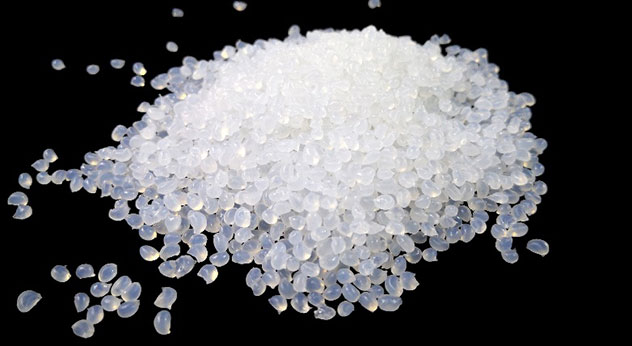
Normally, for co-polyester melt adhesive, except the granular form, and the powder form, non-woven fabric form and film form are also relatively common. In applications such as lettering film, carpets, curtains, etc., hot melt adhesive particles are widely used; shirts, underwear, thermal transfer, curtains, automotive interiors, etc., use hot melt adhesive powder more; Web forms are more suitable for breathable materials, such as medical non-woven fabric, breathable underwear, gauze, filters, etc.; the film shape is more suitable for the pressing of tailored textiles, such as suits, automotive interiors, and seamless underwear.
Adhesive powder
The adhesive pellets are crushed into powder through processes such as grinding and low-temperature pulverization. Commonly used in the market are TPU, co-polyamide, co-polyester and EVA adhesive powder. The main advantage of the adhesive powder is that the powder form can be directly dispersed on the surface of the substrate by a powder spreader, and the bonding can be completed in a short time by heating and pressing with an iron during use.
Co-polyester adhesive powder is widely used in interlining. Because co-polyester hot melt adhesive has high hardness, the use of high hardness co-polyester adhesive powder in shirt collars and cuffs can play a very good support.
Co-polyamide adhesive powder is often used in suits. Co-polyamide hot melt adhesives also have high hardness, which plays a very good supporting role in suits that require a three-dimensional look. The performance of strong solvent resistance is also the co-polyamide hot melt adhesive without fear of dry cleaning.
High-elasticity TPU adhesive powder is often used in the production of non-marking underwear. The non-marking underwear made of high-elasticity TPU can eliminate the use of elastic bands. Compared with the traditional sewing process, the thread is less, which improves the aesthetics and reduces the labor cost is reduced.
Adhesive powder is most commonly used in thermal transfer processes, including lettering film and transfer film. Adhesive powder is the source of adhesion in these two products.
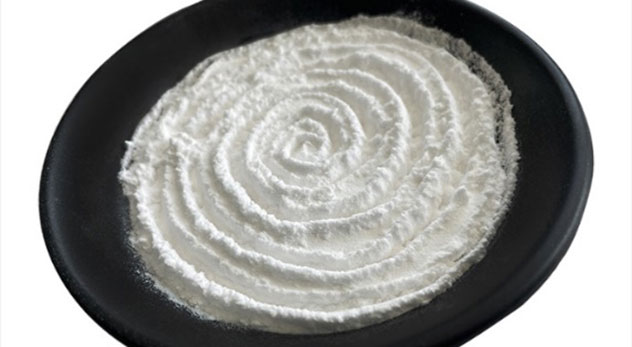
Adhesive film
It is common to heat and melt the hot-melt adhesive particles of TPU, co-polyamide, co-polyester, and EVA into a film by casting, blow molding, etc. This form of hot melt adhesive is more convenient to use than glue powder. It is only necessary to take a suitable glue film and place it in the middle of the substrate according to the size of the substrate to be bonded, heat and press to complete the bonding, even only need an electric iron to complete.
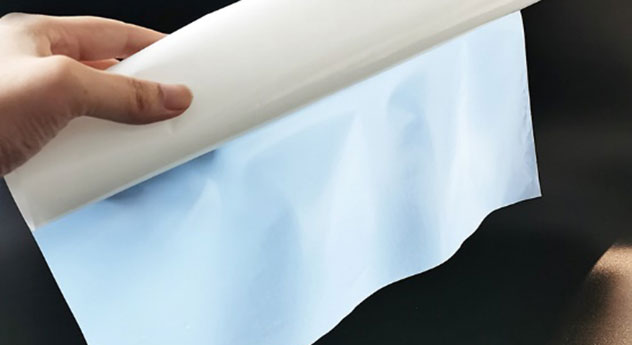
Adhesive web
The adhesive web is a hot melt adhesive in non-woven form. This product can be regarded as a substitute for the glue film product. Many textiles require air permeability, while the glue powder and glue film are usually coated on the surface of the substrate. The structure of the woven hot melt adhesive net is relatively loose, which is suitable for the bonding of some textiles and the lamination of breathable garments where the bonding strength is not particularly high.
